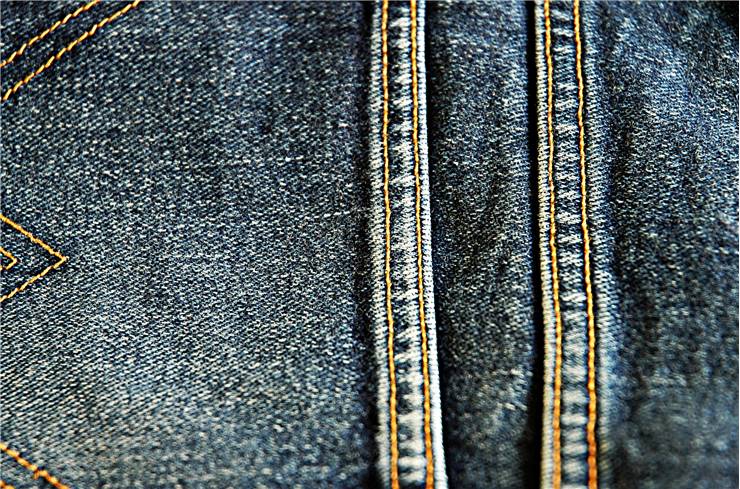How Jeans are made? - Manufacturing Processes
There is a long road from cotton to jeans, and every pair has to travel it. We will explain it here:
Everything starts with ginning of cotton. Cotton is picked from fields and processed and baled. Bales are opened and separated into small tufts. Then, after it is removed from tightly packed bales and inspected, cotton goes, by means of by air suction, to carding. It goes to the machine with bent wire brushes called cards. They are doing cleaning from foreign matter, disentangling, straightening, and gathering the cotton threads into slivers. Those slivers go to spinning machines that twist and stretch the cotton slivers forming yarn from them. Some of that yarn is dyed with chemically synthesized indigo dye few times so the color would last longer. After dyeing yarn is “slashed”. It is coated with sizing (a type of starchy substance) which makes the threads stronger and stiffer. The dyed and white yarn is then woven on large shuttle-less looms. Blue threads that form the warp are packed closer together than the white ones, which form the weft, so the resulting cloth is blue. Cloth of this type is called “denim”.
After it is woven, denim is ready for so-called finishing which means it is brushed to remove loose threads and lint, skewed which prevents it from twisting and preshrunk. Denim cloth is then stacked 100 layers thick and cut with high speed cutting machines into pieces needed for desired designs of jeans. A pair of blue jeans has some ten different pieces from which they are sewn, like pockets, leg panels, waistband and belt loops. Pieces are sewn on the assembly line of industrial human-operated sewing machines where each place on the assembly line is assigned a specific function and does one job, and all the pieces are sewn into a pair of jeans. Jeans are then prewashed or stone-washed if needed. Prewashing is done in industrial detergent and makes denim softer. Stone-washing gives faded look. It can be done with smaller or bigger stones. Smaller stones fade jeans more evenly while bigger give more uneven texture and lines.

Denim can also be sprayed with sand or chemicals during the wash process to create a worn-out appearance. A finished pair of jeans is then pressed in large pressing machines that press whole pants at once. After those jeans are boxed according to style, color, and size and sent to the warehouse. From warehouse boxes of jeans are sent to stores. Byproducts of manufacturing are treated according to their biodegradability. Biodegradable ones can be dumped into nature while those that are not (like starch and dye) must be processed in compliance with all relevant government regulations.
Blue Jeans are usually made out of 100 percent cotton, but there are types of blue jeans that have synthetic in them. One of those types is stretch jeans which have 3% of elastane which makes them stretchy. Rivets are made of copper, while the zippers, snaps, and buttons are usually steel. Labels are made out of cloth, leather or plastic, and embroidered with cotton thread.

